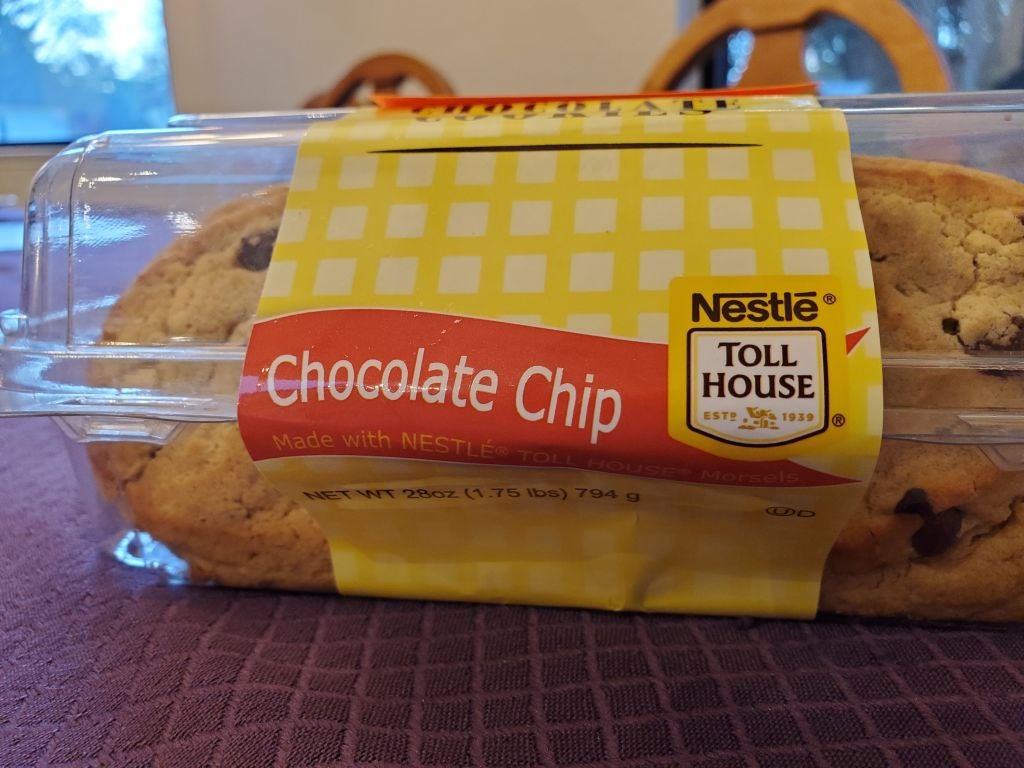
The Covid-19 pandemic caused overall greenfield foreign direct investment (FDI) project numbers to decline by 17.5% in 2020. However, as the world reopened in 2021, investors reacted quickly and FDI levels rose by 18.1%.
Most sectors witnessed a rise in their number of projects, with companies keen to make up for lost time, yet the rise is not expected to be sustained. Investment levels will likely fall again in 2022. Russia’s invasion of Ukraine has led to heightened geopolitical tensions, a global cost of living crisis, slow economic growth and continued supply chain disruptions, all of which is likely to claw back the resurgence FDI experienced in 2021.
Food FDI declined in 2021
When it comes to greenfield food FDI, our FDI Projects Database shows that there were 534 projects in food in 2021, down from 616 the year before. The number recorded was also below the 701 recorded in 2019, signalling the industry’s prolonged Covid-19 hangover.
Out of all the projects in food FDI in 2021, 66% were new, while the remaining 34% were expansion projects.
Where are the leading destinations for food FDI?
Western Europe was the leading region when it came to attracting FDI projects in food in 2021, with 37.1% of all projects announced or opened globally. In fact, it saw almost the same number of projects in 2021 as it did in 2019, with 198 and 196, respectively.
Asia-Pacific came in second with 98 projects in 2021 but witnessed a 36.4% decrease from the number of projects in 2019, when the region brought in 154 projects.
North America attracted 93 food FDI projects in 2021, an increase on its 2019 figure of 86.
The US remained the leading destination country for food FDI in 2021 but witnessed a slight decrease of 1.35% from pre-pandemic levels. It received a total of 74 food FDI projects in the year, down from 75 in 2019 and 90 in 2020. Germany, with 51 projects, ranked second, but this constituted a decline from 61 in 2020 (although it is higher than the 37 projects recorded in Germany in 2019).
Switzerland was the key source market for food investments into the US, with the country being responsible for ten out of the 74 recorded projects in 2021.
In fact, nine projects correspond to only one Swiss company, Nestlé, and all through US-based subsidiaries of the company, including prepared meal delivery company Freshly (four out of the ten projects), Nestlé USA, and pet food company Nestlé Purina PetCare.
The largest announced project was for the latter to expand its manufacturing plant in King William Country, Virginia. The company said it would be investing $182m in the project, which is expected to be completed by 2023.
What are the top food FDI operations?
Manufacturing continued to be the leading business operation for foreign investors in food in 2021. A total of 281 projects were recorded, down 32.6% from 2019, when 417 projects were recorded.
Sales, administration and marketing, and logistics and warehousing ranked second and third, respectively, in 2021, with 101 and 83 projects.
The US was the leading destination for manufacturing projects in food FDI in 2021, with a total of 48 projects, while France was second with 28 and Turkey was third with a total of 19 projects.
What are the top subsectors for food FDI?
Food stores was the top subsector when it came to FDI projects in food in 2021. However, the subsector saw its number of projects decrease from 76 in 2020 to 63 in 2021. Alternative and processed food products came in second with 50 projects in 2021, and flavours, fragrances and ingredients ranked third with a total of 40 projects.
One of the most striking investments was from Lidl Serbia, an international discount grocery supermarket chain and a subsidiary of Dieter Schwarz, a Germany-based retail group. The company announced its plans to open a new logistics centre in Lapovo, Serbia, investing $85.4m and expecting to create 250 new jobs.
Lidl Austria, an Austria-based supermarket chain, and also a subsidiary of Dieter Schwarz, announced plans to invest $65.5m in modernising its warehouse and logistics centre in Laakirchen in Austria by 2024.
Where are the leading beverage investors located?
Our analysis shows that the US remained the leading source market for outbound food FDI in 2021. However, the level in 2021 was 36.8% below that of 2019. There were a total of 86 outbound projects from the US in 2021, far below the 136 recorded in 2019.
Germany came in second with 71 projects, down from 81 in 2020 and 76 in 2019, while the Netherlands ranked third with 41 projects.
The UK was the top destination for US companies in food FDI in 2021, with a total of nine projects. Australia and France both attracted seven projects.
Mars was the US company with the largest number of projects in 2021, with a total of 11. PepsiCo came in second with nine and Cargill third with seven.
What does the future hold for FDI in food?
The recovery in the food sector from the Covid-19 pandemic is still ongoing, with only western Europe seeing a small increase in food FDI in 2021 in comparison with 2019 levels. All other regions were still experiencing declines in the number of projects over the period.
New challenges are arising as well, such as the Ukraine-Russia conflict and the cost of living crisis, which could impact FDI in food in 2022 and beyond.
Download the full Global FDI Annual Report 2022 here.



